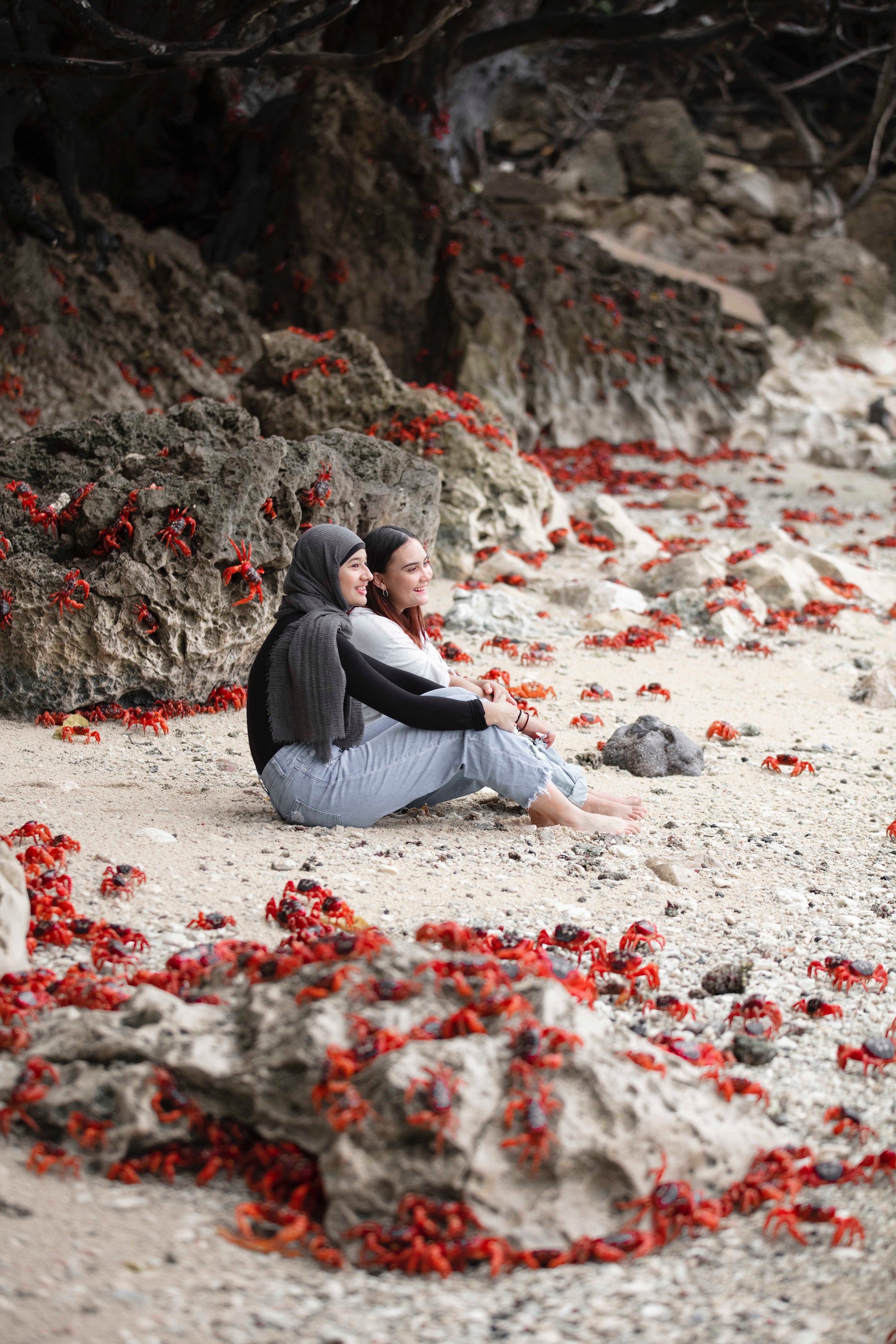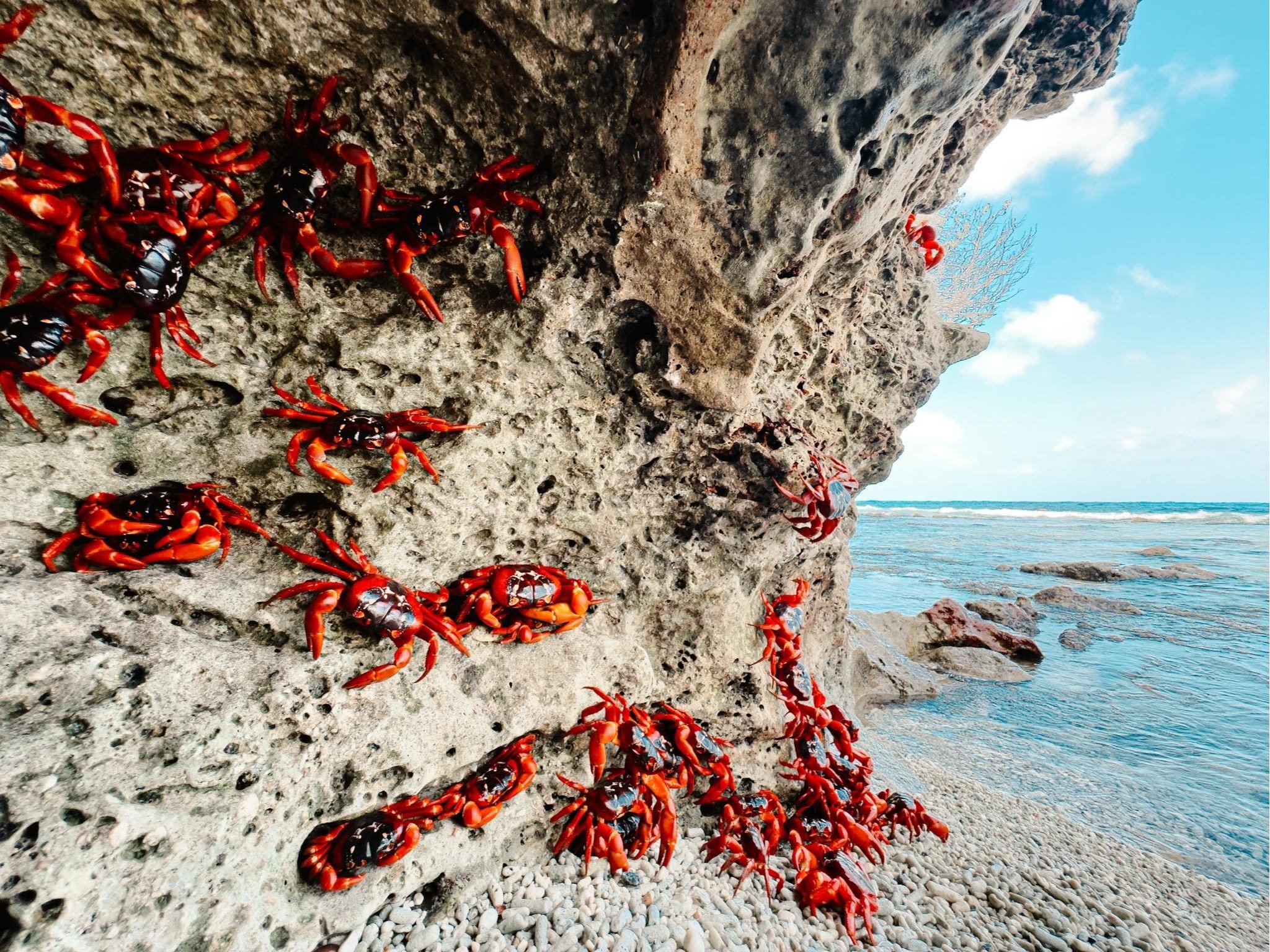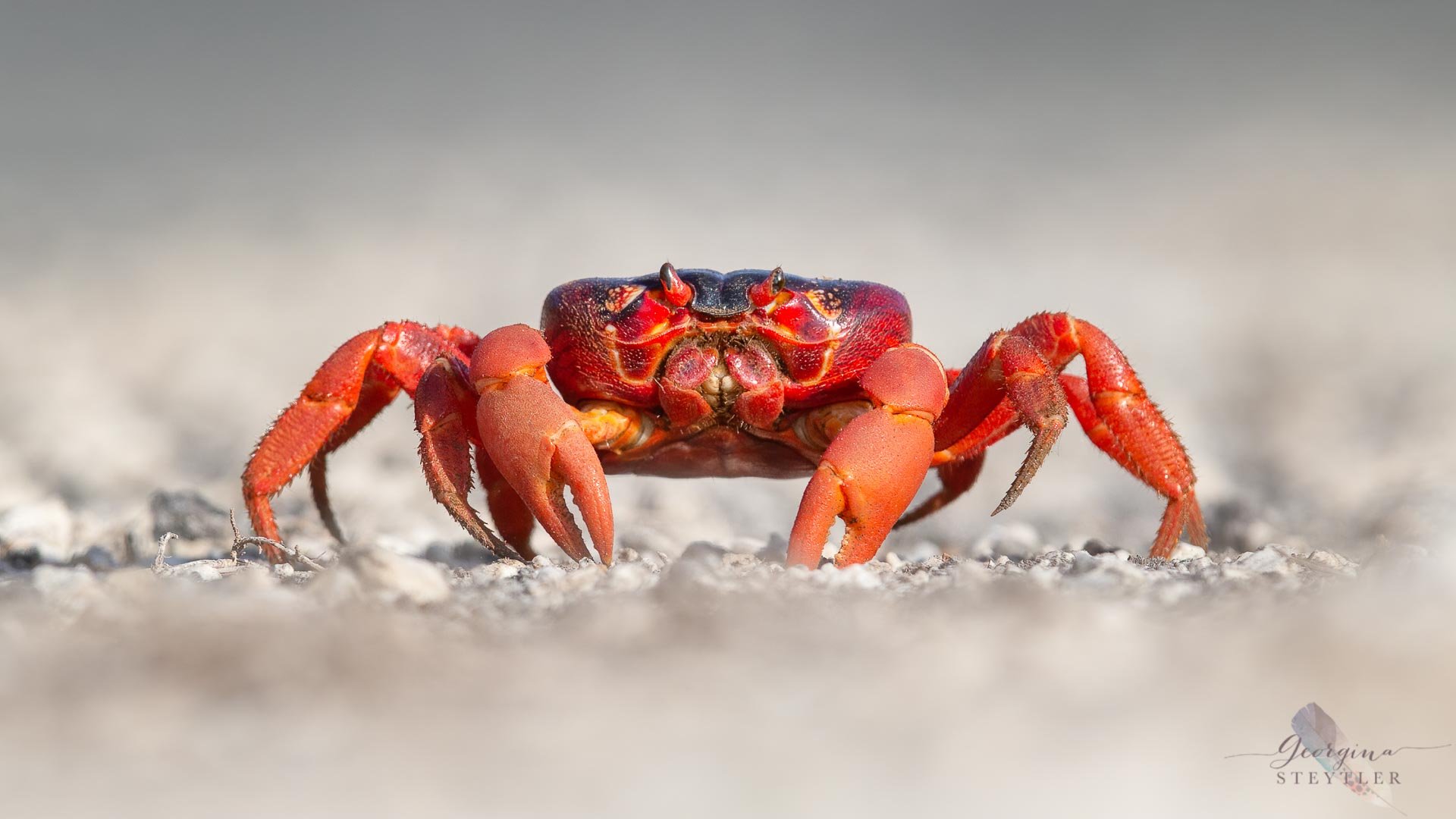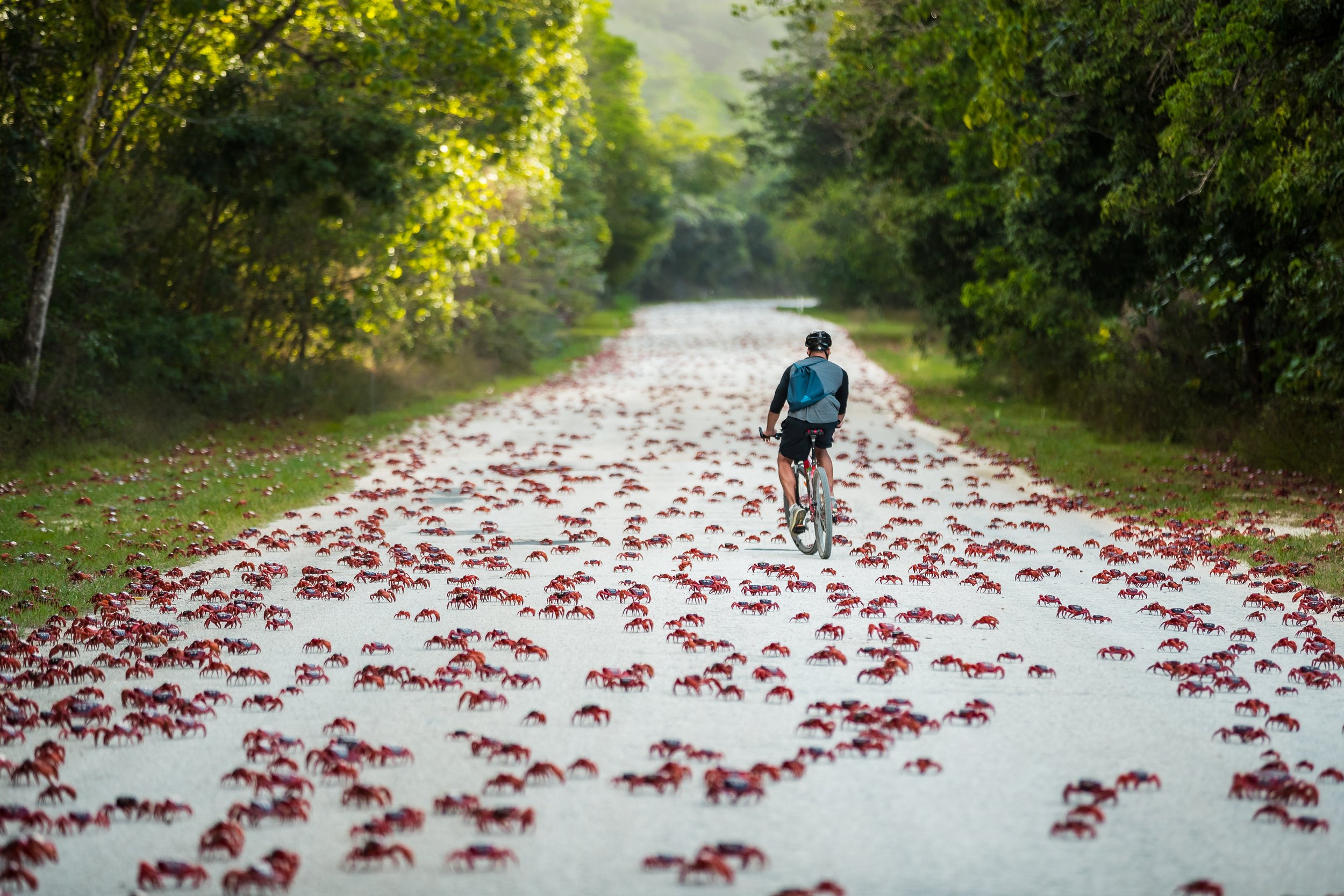
red crab migration
christmas island
Experience one of the largest migrations on the planet
Christmas Island’s mass red crab migration is one of the most incredible natural processes on Earth. Every year, millions of these large crabs emerge from the forest and make their way to the ocean to breed, swarming across roads, streams, rocks and beaches. It’s a truly spectacular sight that world-renowned naturalist Sir David Attenborough described as one of his greatest TV moments.
POSSIBLE SPAWNING DATES 2025/26
15-16 November | 15-16 December | 14-15 January (2026)
Spawning could occur a day either side of these dates as well. Migration would typically start about 4-5 weeks before these spawning dates and is triggered by suitable rain.
THE MIGRATION
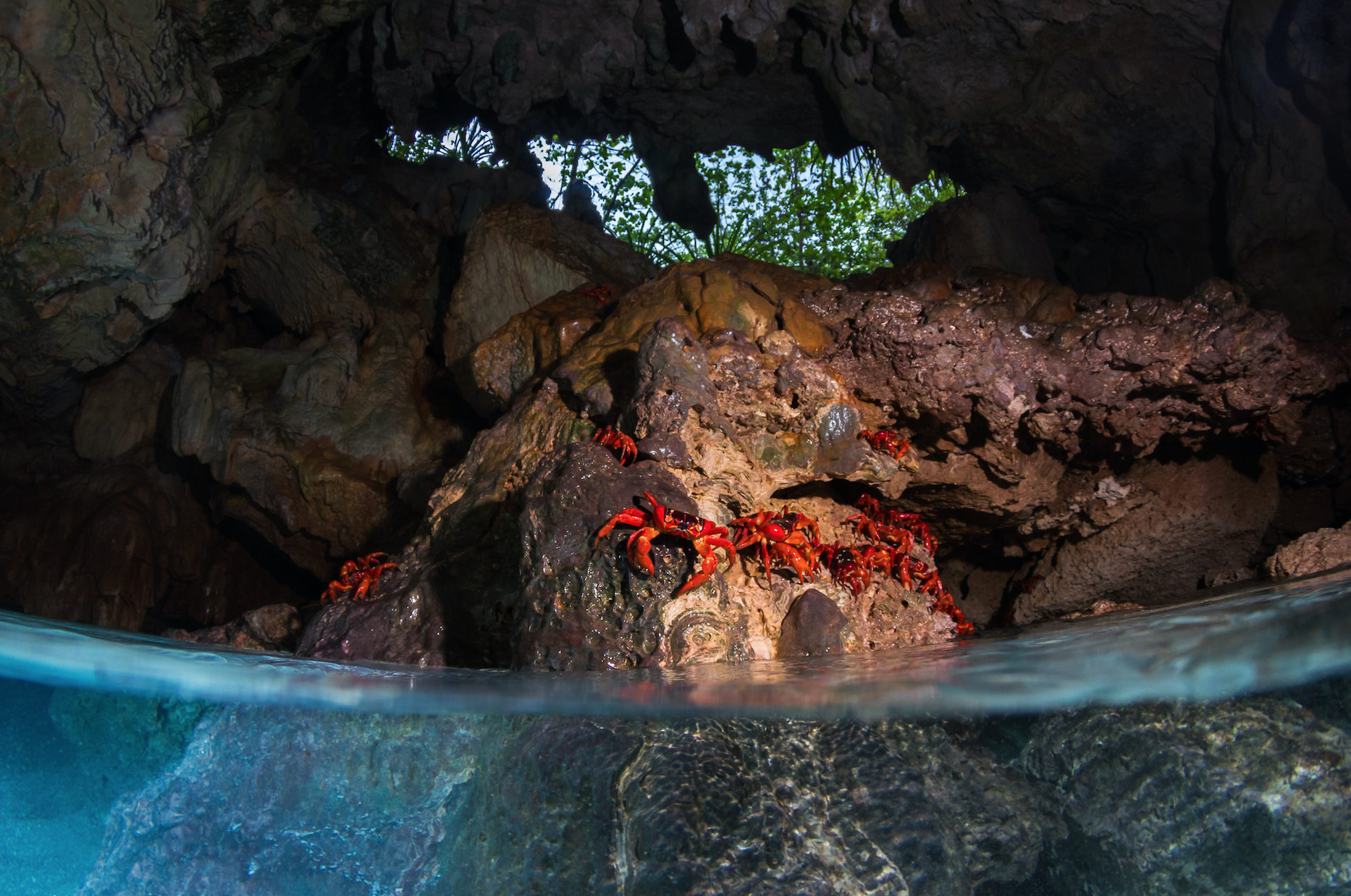
THE MIGRATION PROCESS
Males start migrating to the lower terraces and dig burrows (approx. 4 weeks prior to predicted spawning dates).
Females migrate to the lower terraces and mating takes place (approx. 2 weeks prior to spawning dates).
Males then leave the females in the burrows to gestate the egg mass and migrate back to the upper terraces.
Females deposit eggs into the ocean on the spawning dates and migrate back to the upper terraces.
Approx. 21 days after spawning event, baby red crabs may return en masse.
The migration starts with the first rainfall of the wet season. This is usually in October or November, but can sometimes be as late as December or January. Red crabs all over the island leave their homes at the same time and start marching towards the ocean to mate and spawn. Male crabs lead the migration and are joined by females along the way.
The exact timing and speed of the migration is determined by the phase of the moon. Red crabs always spawn before dawn on a receding high-tide during the last quarter of the moon. Incredibly, they know exactly when to leave their burrows to make this lunar date. However, because crabs wait until the first rainfall to start their trek, they sometimes have to hurry. If the rains arrive close to the optimal spawning date, they will move rapidly. But if the rain comes early they may take their time, stopping to eat and drink on their way to the coast. If it begins raining too late to make the spawning date, some crabs will stay in their burrows and migrate the following month instead.
The larger male crabs usually arrive at the sea first but are soon outnumbered by females. After their arduous journey from the plateau, the crabs take a dip in the sea to replenish moisture.
Next, the male crabs retreat to the lower terraces of the island to dig burrows. The huge number of crabs means burrows are very close together, and males will often fight each other for possession of a burrow.
The female crabs then join the males on the terraces to mate in or near the burrows. After mating, male crabs have a second dip in the sea before starting their journey back home.
PHASE | MATING
PHASE | SPAWNING
The female crabs stay behind in the moist burrows. They produce eggs within three days of mating and will remain in the burrows for about another two weeks as the eggs develop. Each female crab can produce up to 100,000 eggs, which she holds in a brood pouch.
When the moon reaches its last quarter, the egg-laden crabs leave their burrows and amass on the shoreline, packing into shady spots above the waterline. In some areas you might see up to 100 crabs per square metre of beach or rock.
When the high tide starts to turn before dawn, the crabs move into the sea and release their eggs before returning to the forest. Spawning may occur on 5–6 consecutive nights during the migration.
PHASE | Hatching & return of the baby crabs
Red crab larvae hatch from the eggs as soon as they make contact with the water. Clouds of larvae swirl near shore before being taken out to sea by waves and the receding tide.
They grow through several larval stages over the next month, eventually developing into prawn-like animals called megalopae. The megalopae gather in pools close to the shore for one or two days until they become fully formed baby crabs and emerge from the water.
Measuring about 5 mm across, the tiny crabs begin marching inland, taking around 9 days to reach the safety of the plateau. There they will stay hidden in rocky outcrops and forest debris for the first three years of their life. However, the vast majority of larvae never make it out of the water – instead they are eaten by fish, manta rays, and the enormous whale sharks that visit Christmas Island to take advantage of this annual feast.
Most years, no or very few baby crabs will emerge from the sea at all. But once or twice a decade, a huge number will survive, which is enough to maintain the island’s large red crab population.
Watching the migration
The red crab migration is Christmas Island’s biggest tourist attraction, drawing nature-lovers from all over the world. The easiest places to watch the migration and spawning are Drumsite, Flying Fish Cove, Ethel Beach and Greta Beach.
To protect our red crabs, some sections of roads may close for part or all of the day during the peak migration time, often at short notice. But you can park your car and carefully walk among the sea of moving crabs as they make their way to and from the beach. You will also see crab bridges built over the roads. These are great places to stand and watch the flow of crabs. Public notice boards and local radio provide updates on crab movements during the migration. Please follow all signs and the advice of national park staff.
BOOK RED CRAB MIGRATION PACKAGES & TOURS
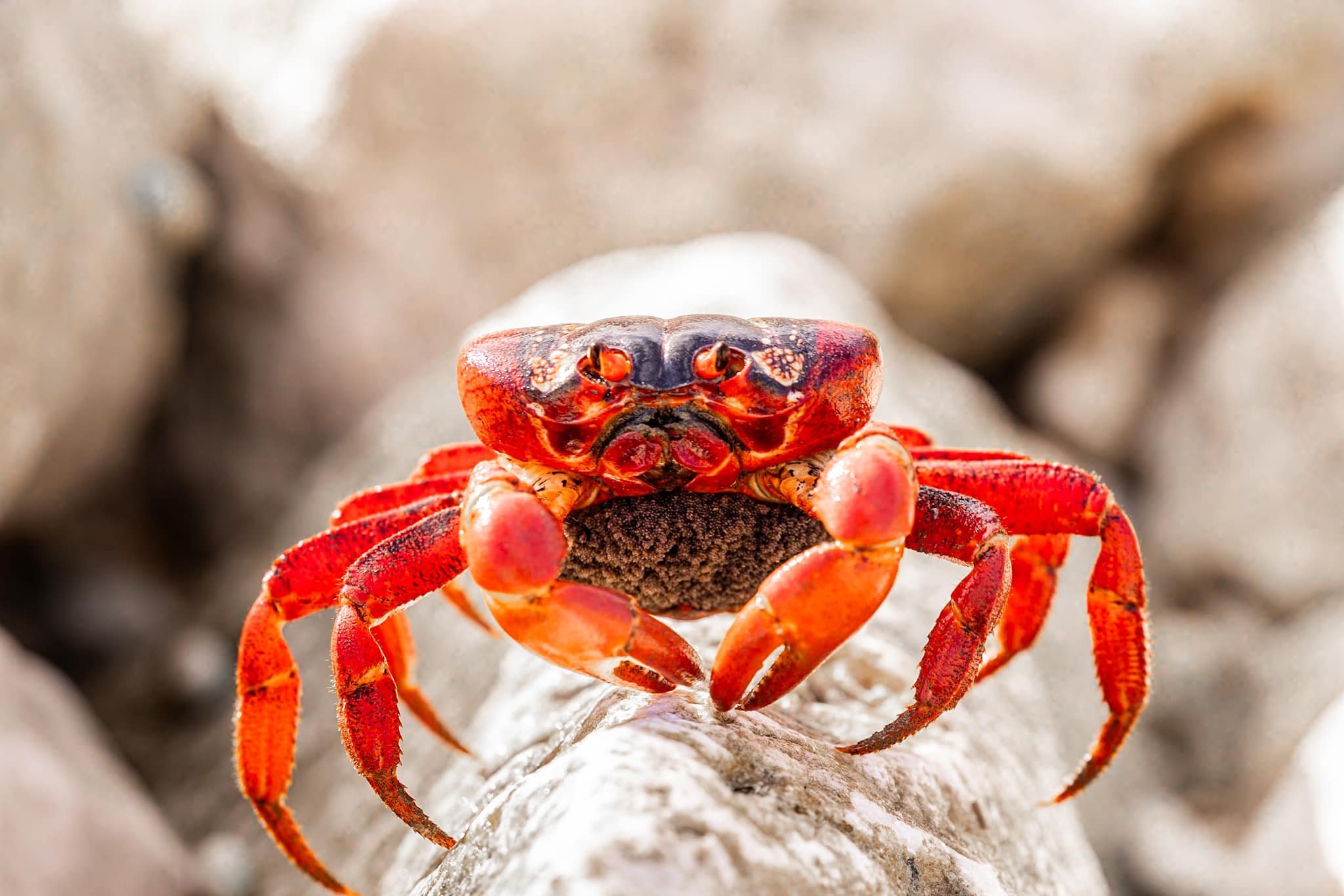
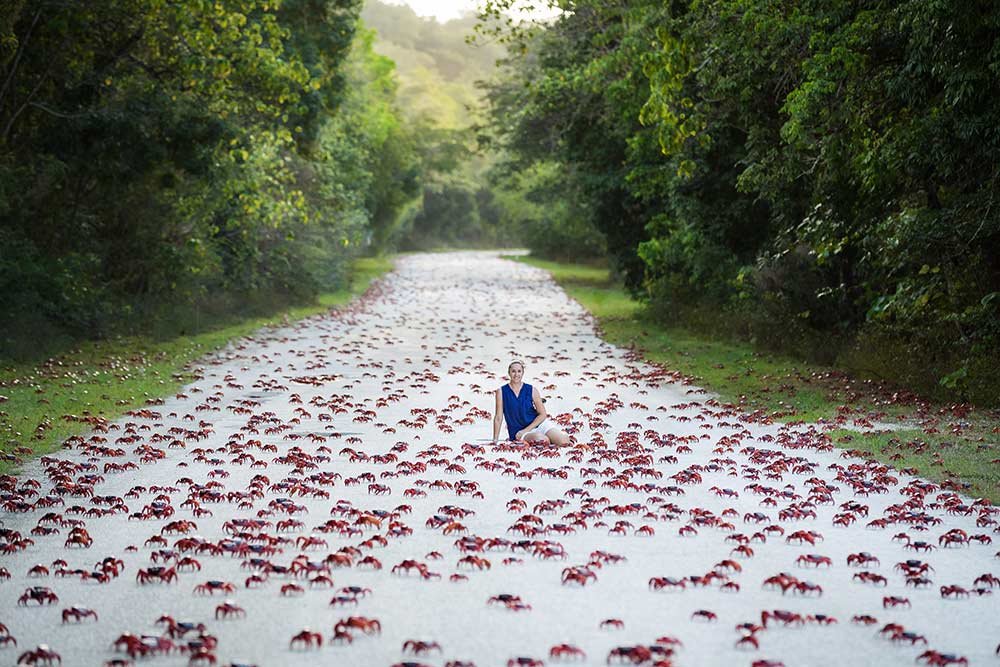
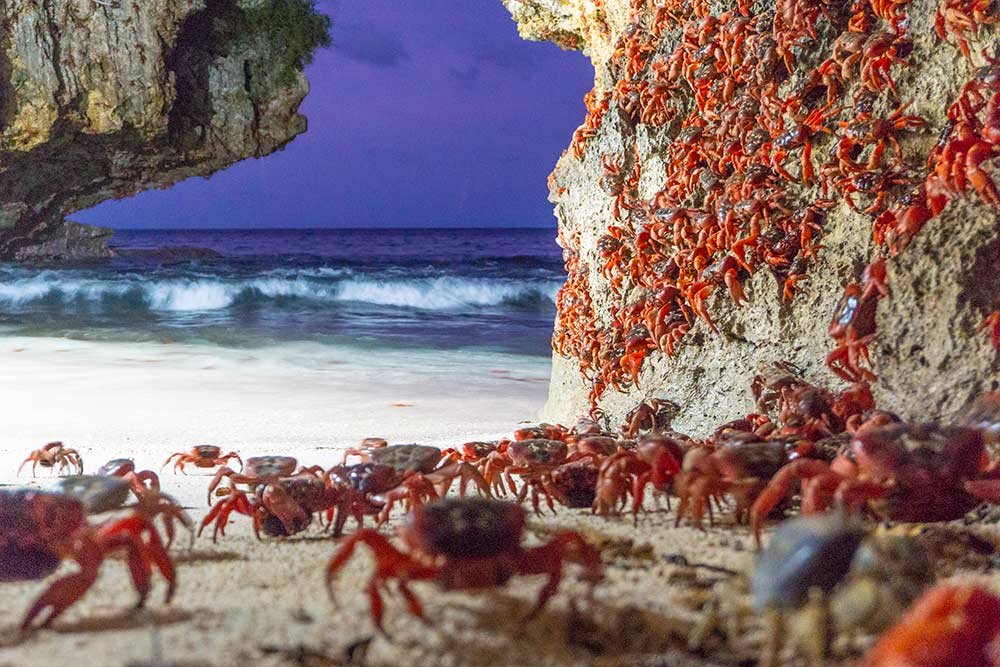
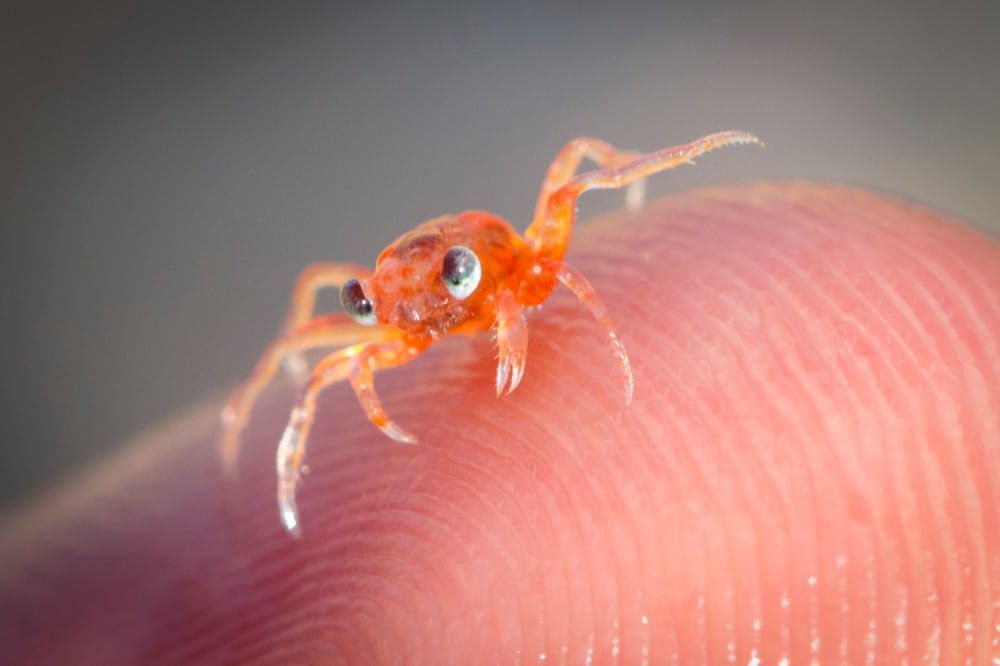
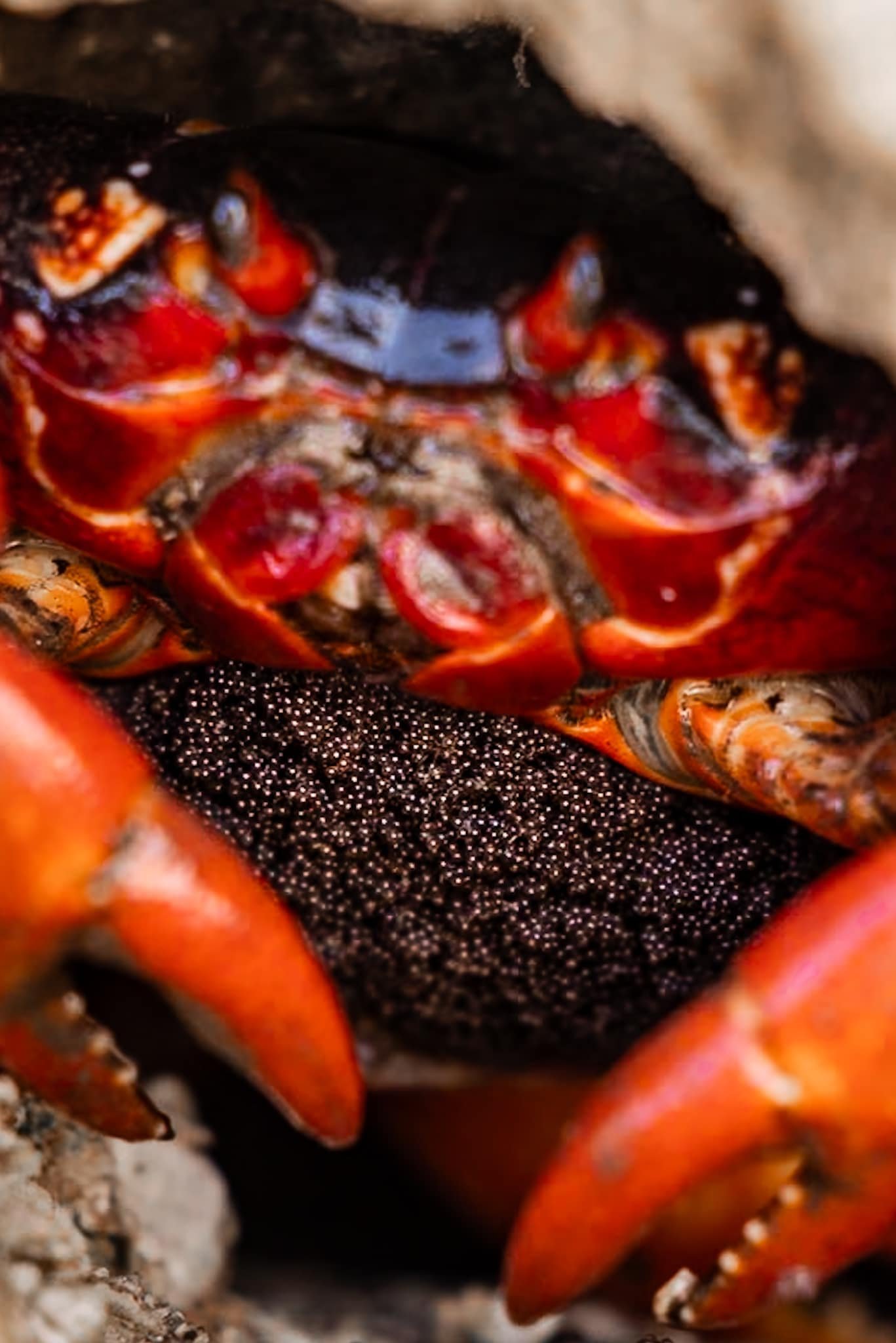
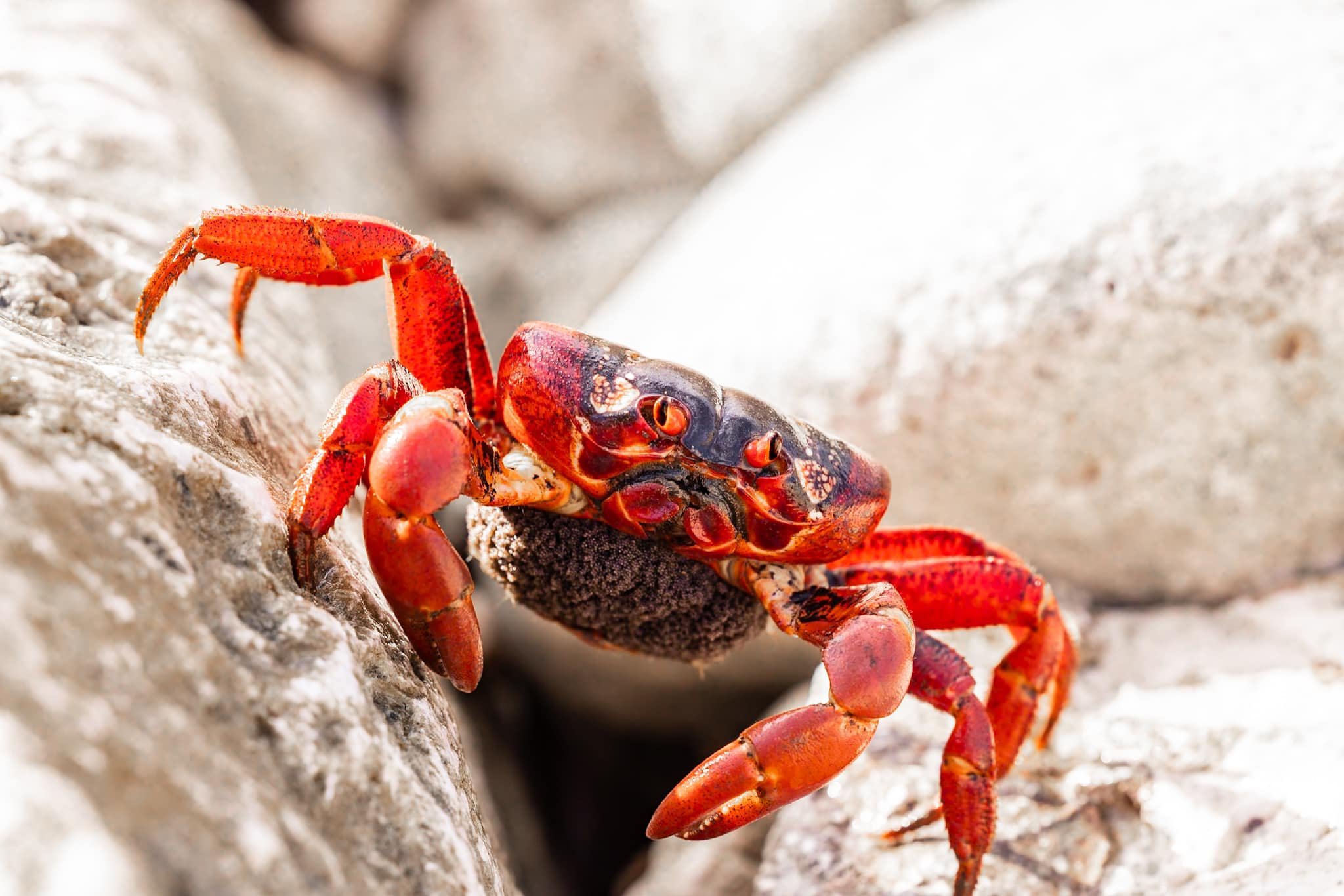
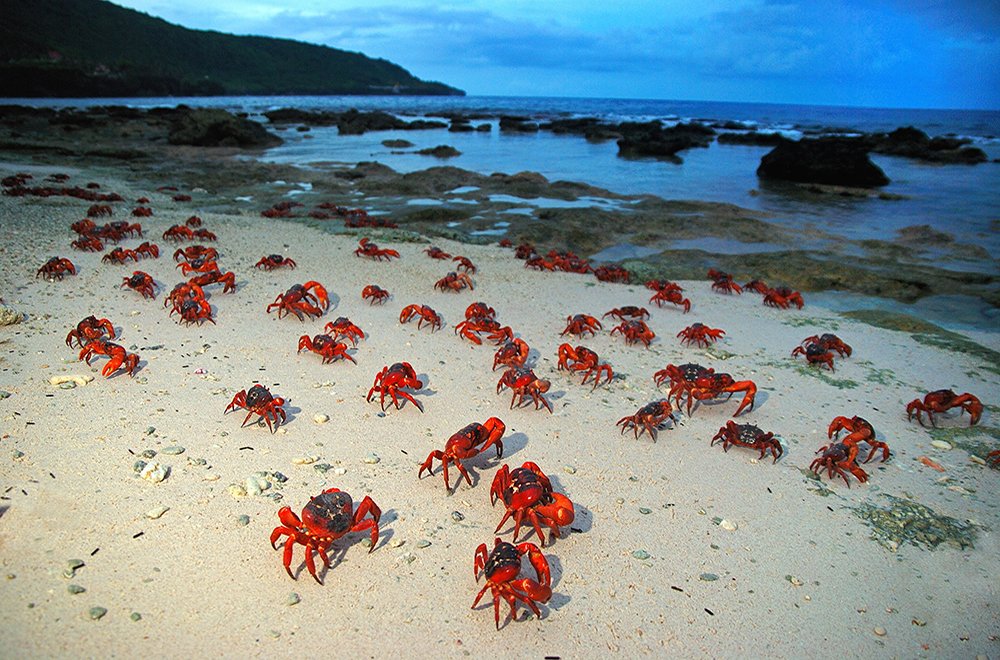
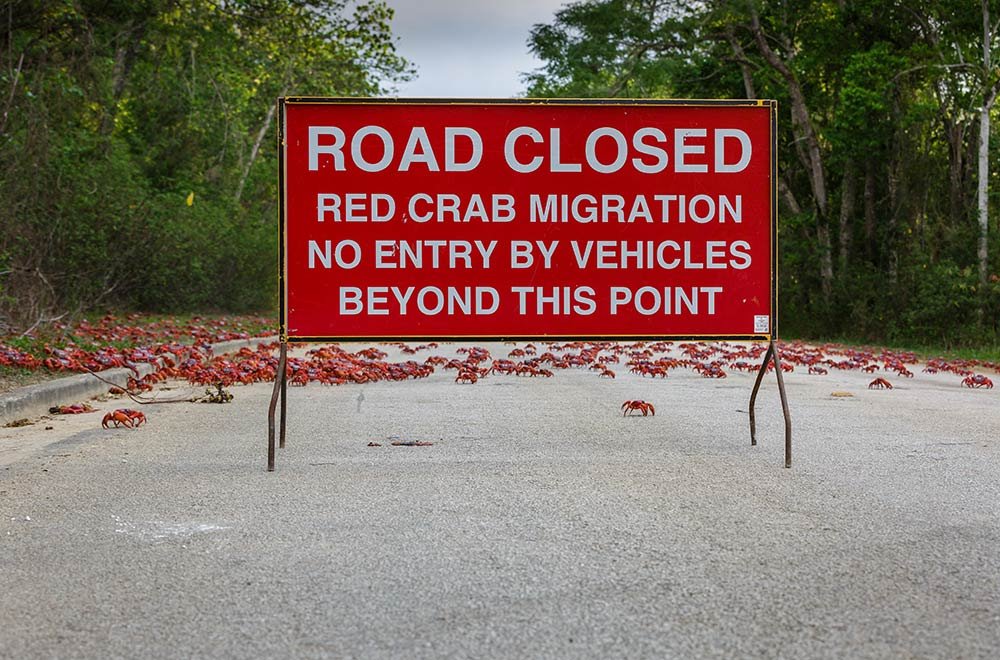

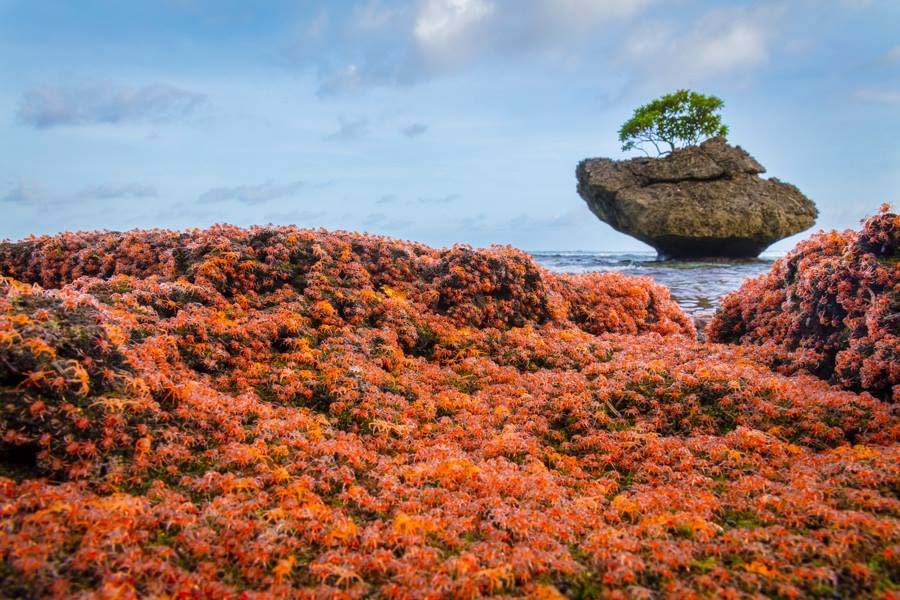
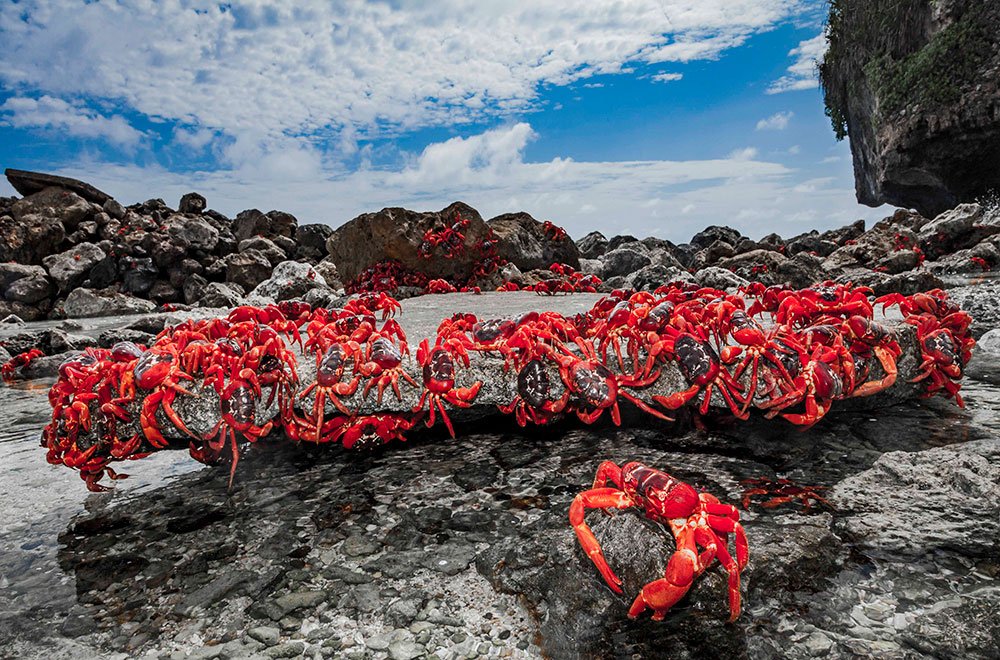
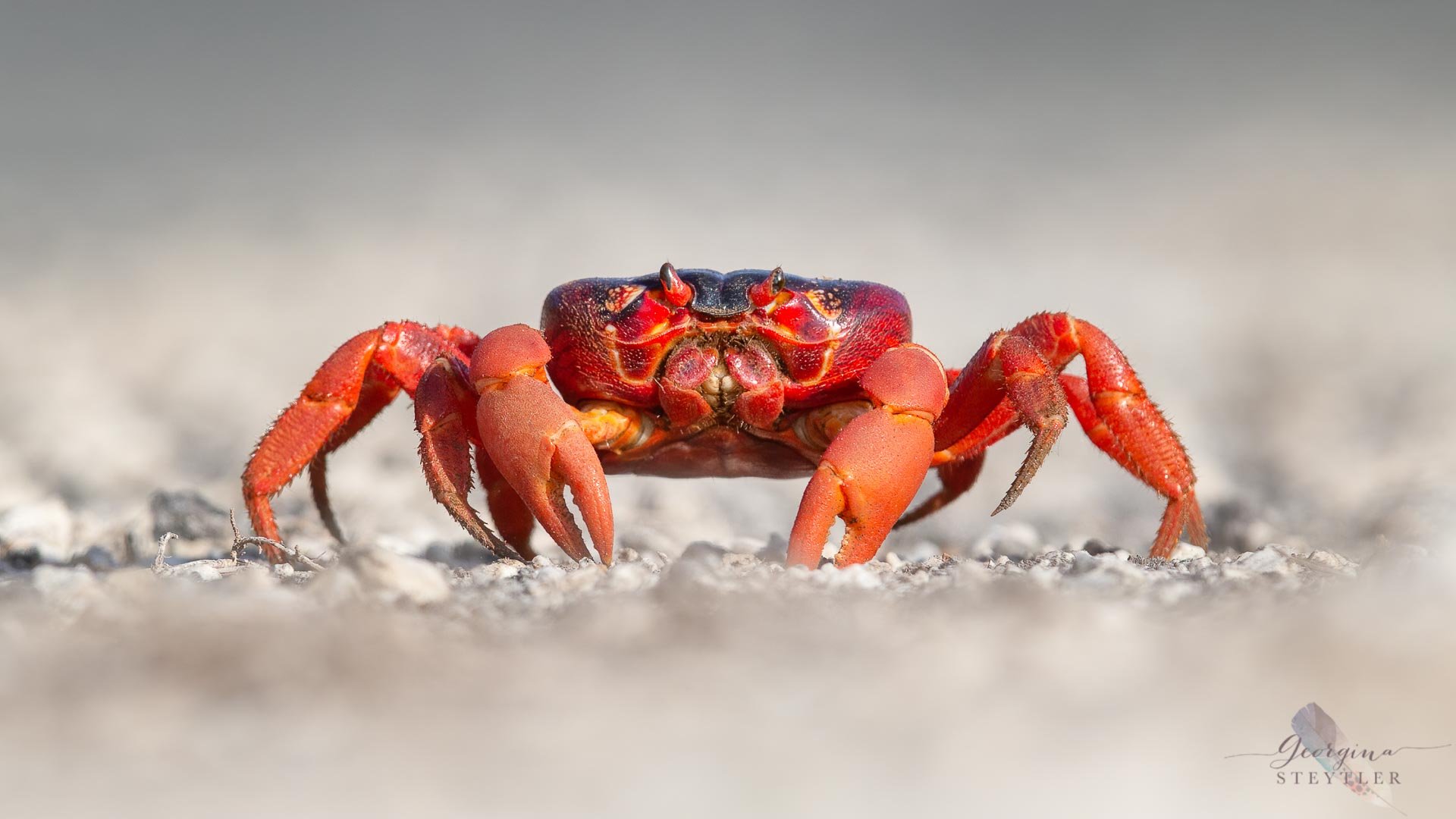
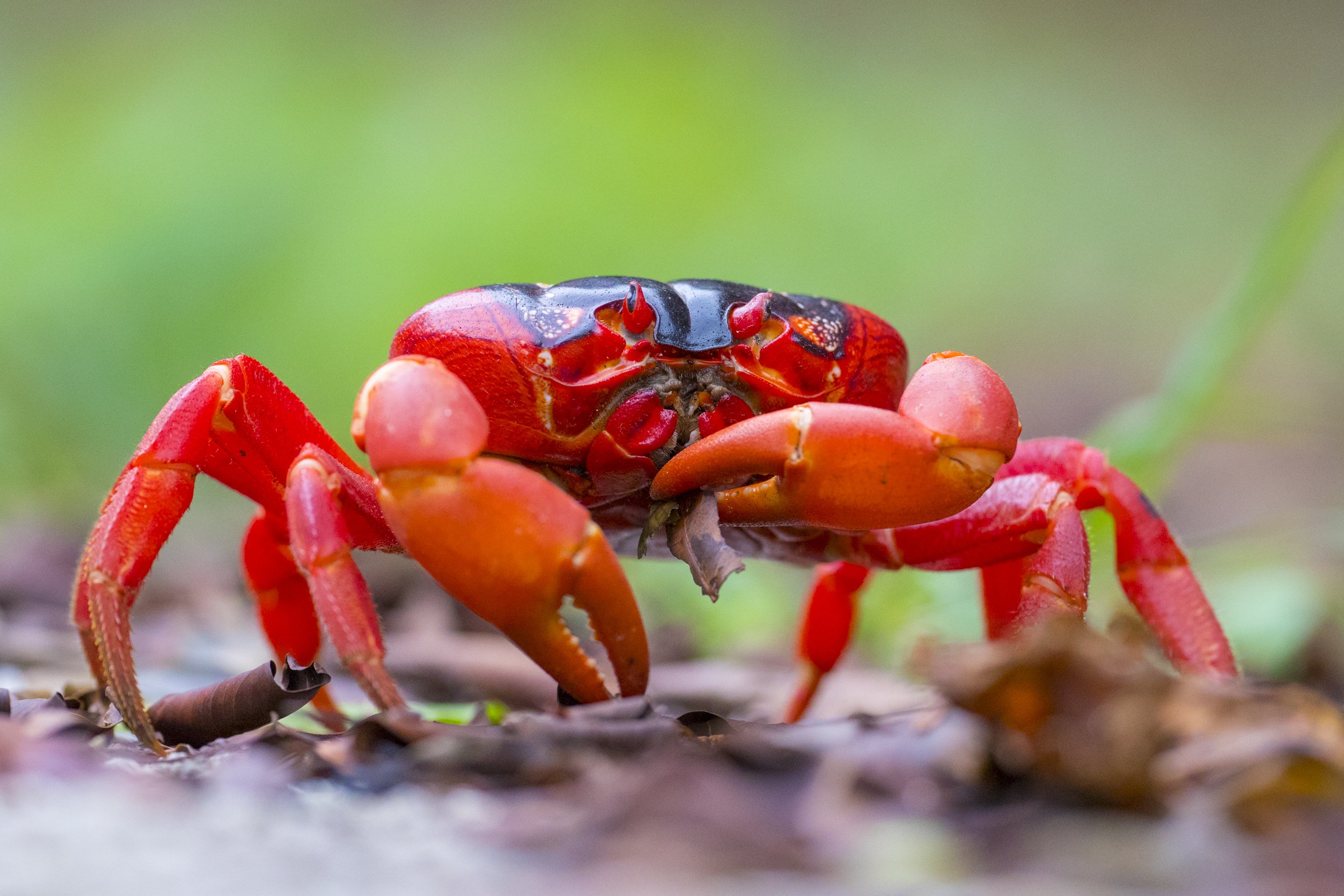
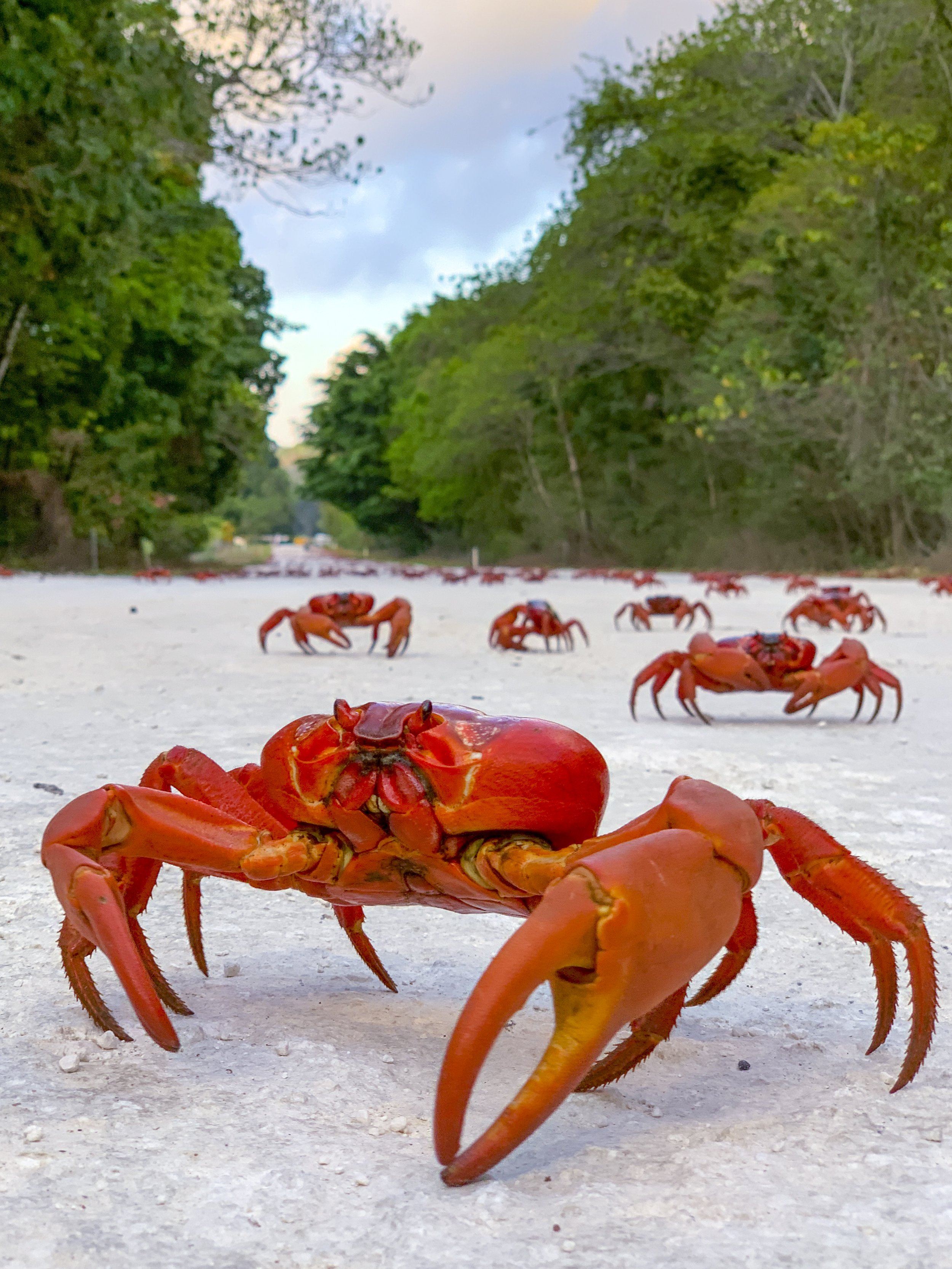
Possible RED CRAB spawning dates for 2025/26
15-16 November
16-17 December
14-15 January (2026)
Spawning could occur a day either side of these dates as well. Migration would typically start about 4-5 weeks before these spawning dates and is triggered by suitable rain.
ABOUT CHRISTMAS ISLAND’S RED CRABS
The majority of the island’s more than 100 million red crabs live in moist rainforests, but they can be found in other habitats including shore terraces and even domestic gardens. You can see the crabs all year round on the island.
Red crabs dig burrows or live in deep rock crevices. They are sensitive to a lack of moisture and rarely leave their burrows during the dry season, plugging the entrance with a wad of leaves.
They mostly eat fallen leaves, fruits, flowers and seedlings. However, they are not strictly vegetarian and will also eat other dead crabs, birds and the introduced giant African snail.
Red crabs contribute to rainforest health by selectively consuming plants, cleaning up leaf litter, turning over the soil and fertilising it with their droppings.
-
Bright red is the common colour but there are the occasional orange specimens and more rarely some purple animals. They are a big crab. An adult body shell (or carapace) may measure up to 116mm across. The Christmas Island red crabs’ carapace is round shouldered and encloses their lungs and gills. Their claws are usually of equal size unless one is a regrowing claw. Males grow larger overall than females, while females have a much broader abdomen and usually have smaller claws than males. However young Christmas Island red crabs all have the characteristic narrow abdomen of the male. The broader abdomen on the female Christmas Island red crab only becomes apparent in the third year of growth.
Christmas Island red crabs grow slowly, reaching about 40mm in carapace width after 4-5 years. They are sexually mature at this age and begin to participate in the breeding migrations.The Christmas Island red crabs moult their shells regularly during their early growth phases to match their increasing body size. Moulting usually takes place in the protected moist environment of their burrows. Mature Christmas Island red crabs probably moult only once a year, as their growth rate slows. -
The Christmas Island Red Crab’s diet consists mainly of fallen leaves, fruits, flowers and seedlings. They prefer fresh green leaves but will eat any fallen leaves. They are not solely vegetarian, they will eat other dead crabs and birds, the introduced Giant African snail and palatable human rubbish if the opportunity presents itself. They have virtually no competition for their food resource due to their high numbers and dominance of the forest floor.
-
Although most common in the moist environment of the rainforest, Red Crabs live in a variety of habitats including coastal shore terraces, and even domestic gardens. Tall rainforest on deeper soils has the highest crab density. They dig burrows in almost every square metre of available soil or live in deep crevices in rock outcrops. For most of the year, a crab will settle in one place, living in their burrow. The crabs’ burrows have a single entrance tunnel which leads to a single chamber. Only one crab lives in a burrow and outside of the breeding season Red Crabs are solitary, and do not tolerate intruders into their burrows.
Red Crabs are diurnal (active during the day) and almost inactive at night despite lower temperatures and higher humidity. They take great care to conserve body moisture and this seems to be the single most important factor influencing the crab activity. Sensitivity of crabs to moisture, combined with the seasonal climate on Christmas Island, create a distinct seasonal pattern of activity. Crabs retreat into the humid interior of their burrows during the dry season. They plug the burrow entrance with a loose wad of leaves to maintain a high humidity level, and effectively disappear from view for up to two to three months of the year.
-
Males lead the first wave of the downward migration and are joined by females as they progress. Larger males arrive at the sea first (after about 5-7 days) but are soon outnumbered by females. The crabs replenish moisture by dipping in the sea, then the males retreat to the lower terraces to dig burrows. The density of burrows is high (1-2 per square metre and fighting occurs between males for burrow possession. The females move to the terraces and mating occurs, usually in the privacy of the burrows that males have dug and fought for. As mating and fighting abates, males dip again and begin returning inland. They move quickly, reaching the plateau in only 1-2 days.
The females produce eggs within 3 days of mating and remain in the moist burrows on the terraces for 12-13 days while they develop. The eggs are held in a brood pouch between their extended abdomen and thorax. A single female can brood up to 100,000 eggs.
In the morning and late afternoon around the last quarter of the moon, the egg-laden females descend from the terraces to the shoreline. They pack into shaded areas above the waterline at densities of up to 100 per square metre in places. The females usually release their eggs into the sea toward dawn, around the turn of the high tide. Release of eggs may occur on 5-6 consecutive nights during the main breeding migration. After the first two days, eggless females may be seen crossing plateau roads, kilometres from the shore.
If the spawning migration is delayed or disrupted, usually because of unfavorable weather conditions, both male and female crabs will remain on the terraces for the next month and complete the spawning one lunar month later.
-
Spawning can happen as early as October and as late as January but November and December are the more usual months.
The migration comprises a sequence of events that follow on from one and other in a distinct order – a following sequence cannot be undertaken without the crabs having accomplished the preceding.
The crabs will migrate to the coast where the males will dig mating burrows and they will mate. After mating, the males will commence their return migration. The females will brood their eggs for 12-13 days before emerging from the burrows to commence spawning. The females will commence their return migration immediately after spawning.
The eggs hatch into free swimming larvae immediately after they are dropped into the sea. The larvae grow through several stages in the ocean for over four weeks before emerging from the sea to become tiny crabs.
Road closures are enacted in the National Park and other areas on the island to protect the migrating crabs.
-
The eggs released by the females hatch immediately on contact with the sea water and clouds of young larvae swirl near the shore before being washed out to sea by waves and tides. Millions of the larvae are eaten by fish and plankton feeders such as Manta Rays and the enormous Whale Sharks which visit Christmas Island waters during the crab spawning season.
After about a month in the ocean, and after growing through several larval stages, the surviving larvae have developed into prawn-like animals called megalopae. The megalopae gather in pools close to the shore for 1-2 days before changing into young crabs and leaving the water.
Although only 5mm across, the baby crabs begin their march inland, taking about 9 days to reach the plateau. Here they seem to disappear and are rarely seen, living in rocky outcrops and under fallen tree branches and debris on the forest floor for the first three years of their life.
Some years very few or no baby crabs emerge from the sea, but the very successful years are enough to maintain the Red Crab population at a high level.
-
Certain human activities have led to increased numbers of Red Crabs dying during their annual migration to the sea. As well as there being a greater risk of crabs dehydrating when forced to cross areas cleared of forest cover, thousands of adults and young are crushed by vehicles while crossing roads. Some have to negotiate up to three or four such hazards on their descent and ascent each year. Conservation measures have been implemented to help reduce this high death toll.
To reduce the number of crabs killed by vehicles during the migration, ‘crab crossings’ have been constructed in roads which cross main crab migration paths. Points where high numbers of Red Crabs cross roads have been identified, and tunnels are built under the road for crabs to pass through. Walls that the crabs can not climb over are built alongside the road to ‘funnel’ the migrating crabs through the tunnels. Christmas Island is home to the world’s only “crab bridge”. Crabs climb the bridge which takes them over one of the island’s busiest roads. Other conservation measures used by the community are road closures and traffic detours around the major migration paths during peak periods of the migration.


